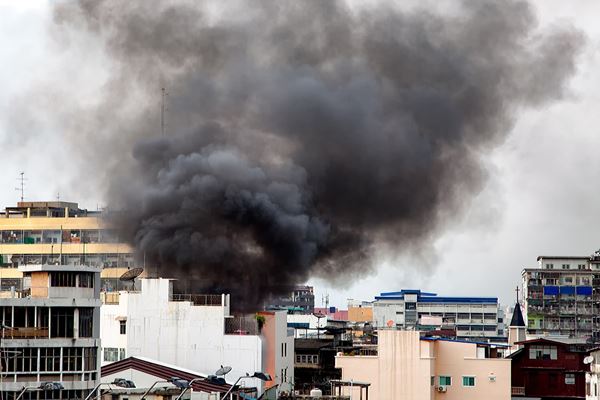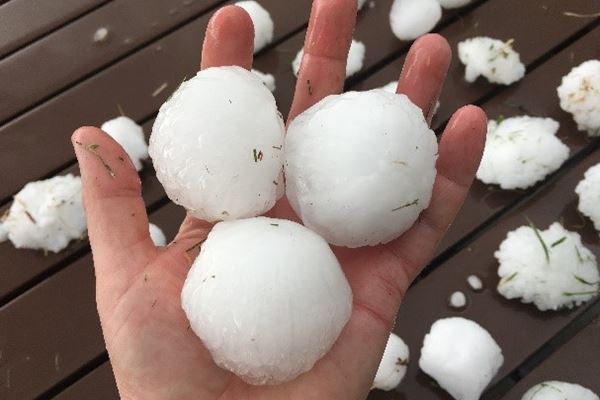High-Rise Water Damage Loss: 5 Questions to Ask Your Client

If you work in construction, design high-rise buildings, or insure them, you've probably experienced an incident occurring on a construction site that was nearly finished. All too often, building construction sites experience damages and losses due to water leakage. When assessing water damages in large structures and high-rise buildings there are three common factors that should be considered. Understanding the factors surrounding water damage losses can help you formulate the right questions to potentially prevent losses from occurring.
Step 1: Understanding the Factors Surrounding Water Damage
1. The large number of connections installed requires a near-perfect installation record.
While installing numerous plumbing connections, builders can be nearly perfect and still experience a loss because sooner or later a connection somewhere within the system of thousands will fail just based on probability and statistics.
2. Emerging technologies or cheaper methods are not tested for all types of applications or uses.
Many manufacturers advertise how their new products make life easier and how simple they are to install. However, what can be lost in the allure of shiny new products is that additional considerations regarding the design or proper installation of those products may be missed
3. Expansion or contraction of water lines is not always considered.
Whether specific fittings are installed, or pipe offsets are used, risers often require some sort of compensation. Even if it is just to have enough room to grow or contract, risers without compensation can see branches and piping that are stressed, which can lead to water losses.
So, what can be done to avoid these situations?
Step 2: Preventing Water Damage
5 Questions to Ask Your Client to Help Prevent or Analyze a Water Loss
- What QC measures are in place and what is the accountability of the mechanical contractor?
- Do the on-site GC and mechanical engineers understand potential problems and pro-actively complete inspections?
- What is the relationship like between the designer and contractor? Who is responsible?
- Is there an established inspection program during the build?
- Is there a destructive examination procedure to test connections during construction?
The good news is that several things can be done in the design or construction phase to reduce the likelihood of these failures.
Our experts are ready to help.


